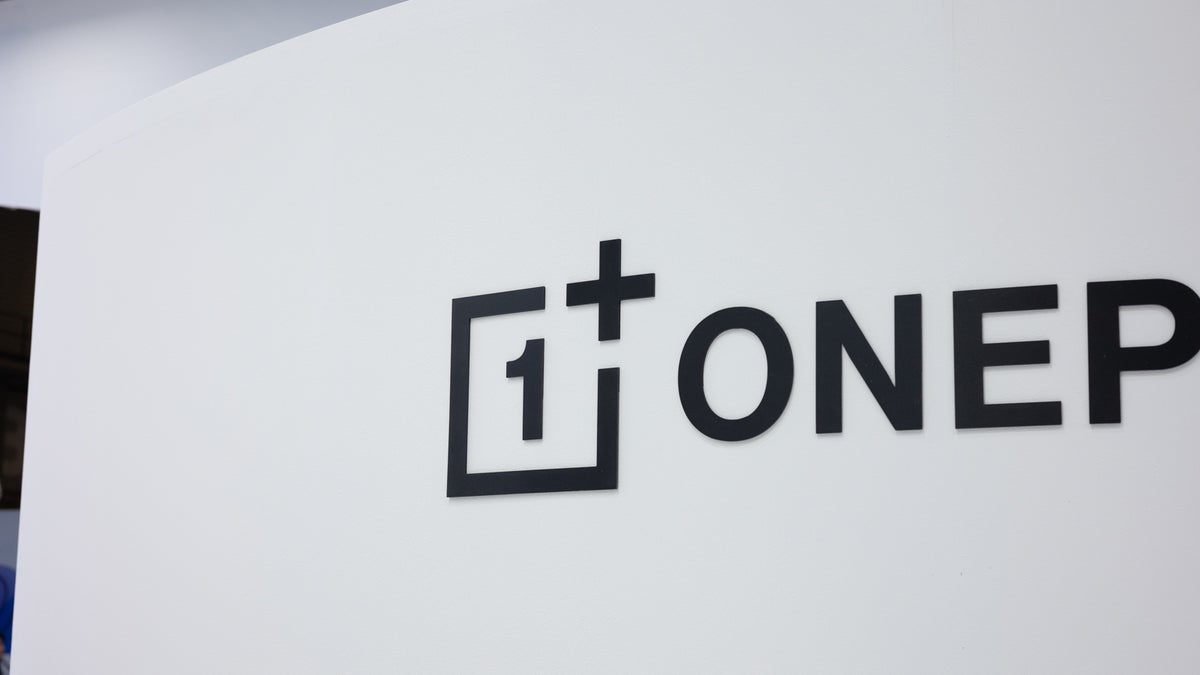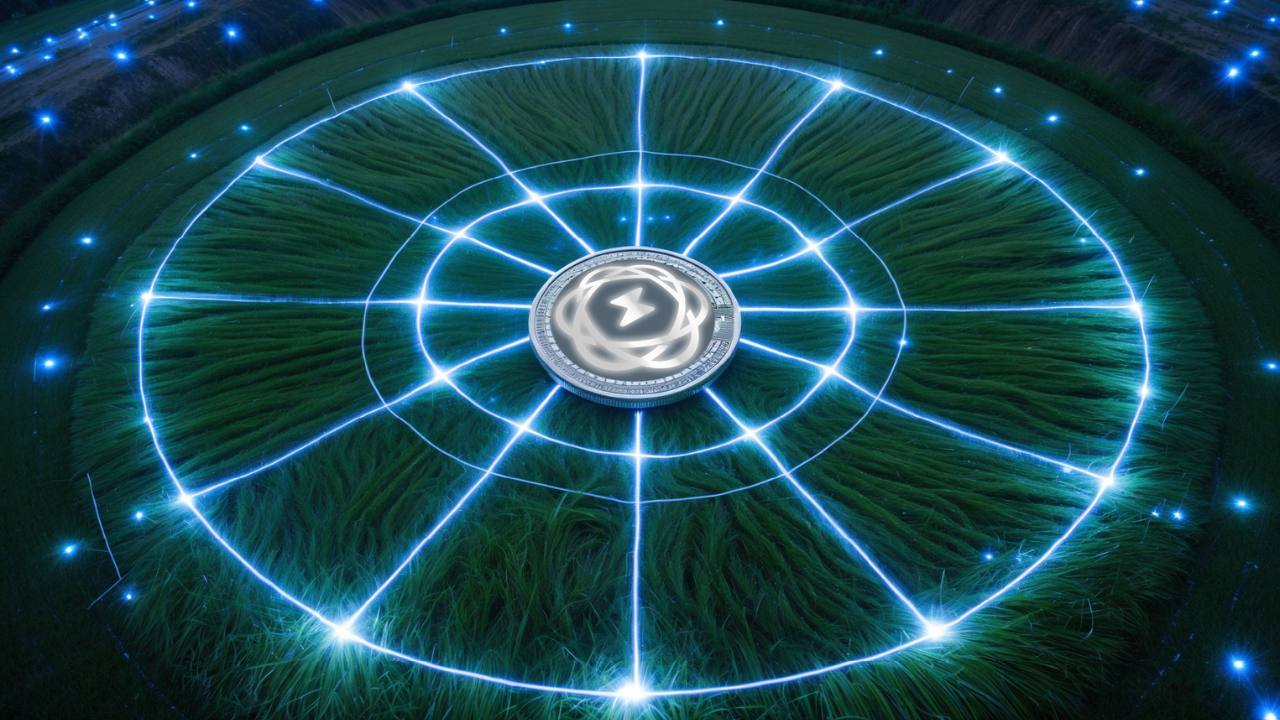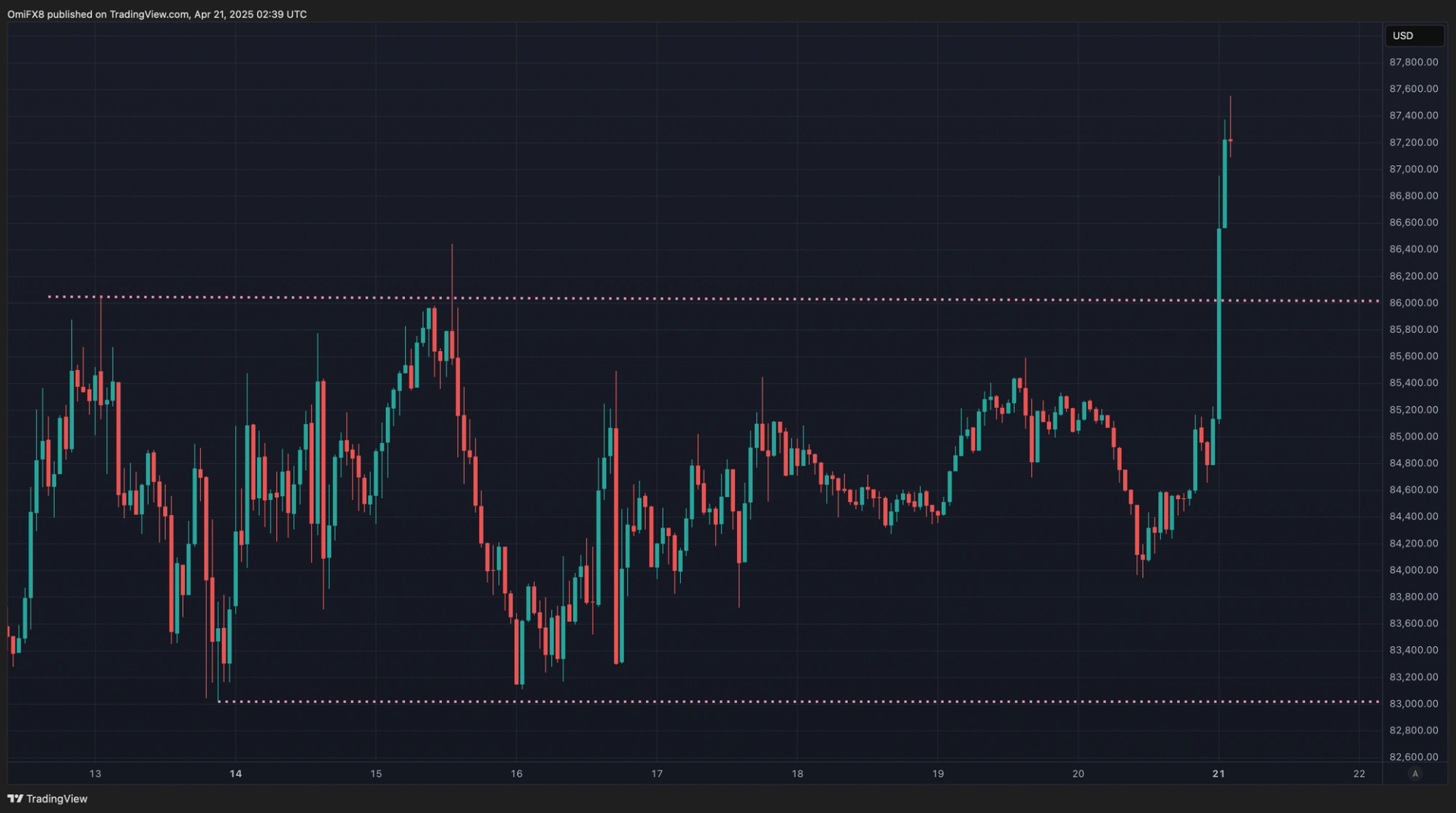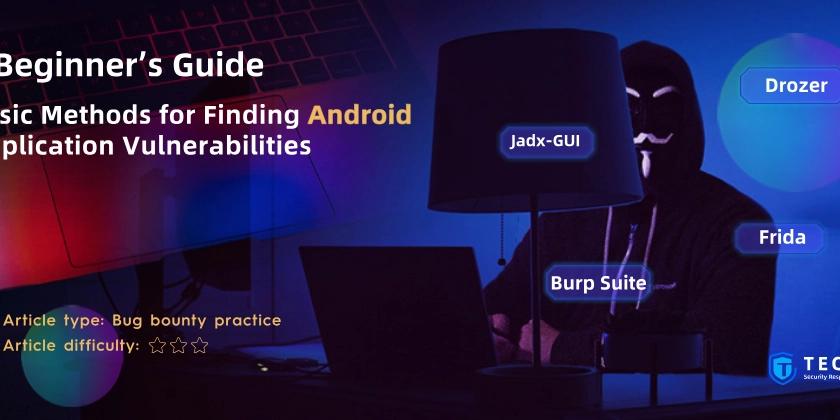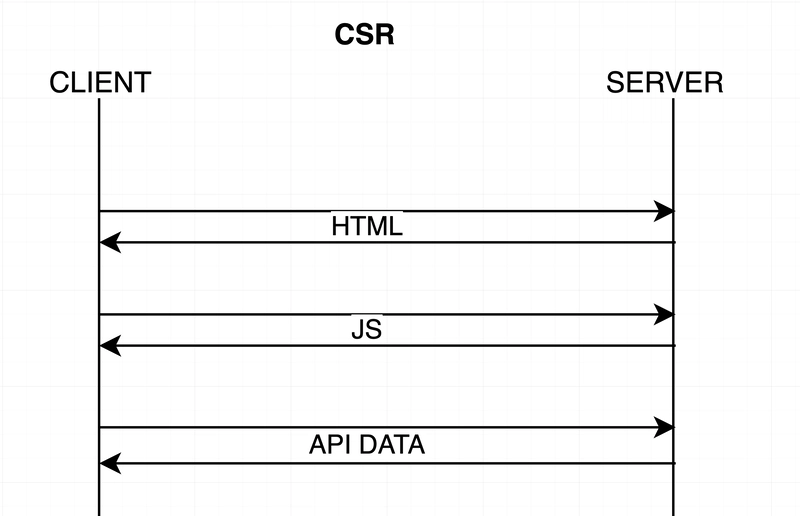Why Developers Are Embedding Roman Numerals into Smart Contracts
The blockchain world is synonymous with futuristic innovation and technological advancement. So, when Roman numerals—a numbering system that dates back over 2,000 years—start showing up in smart contracts, it naturally raises eyebrows. Why are developers, who operate in a world filled with digital currencies, decentralized applications, and immutable ledgers, turning to symbols like “X,” “V,” and the XXV number? Believe it or not, there’s more to this classical comeback than novelty. Roman numerals are being embedded into smart contracts for a surprising variety of reasons—ranging from aesthetic and branding preferences to technical and functional considerations. In this article, we’ll explore the fun, the formality, and the functionality of Roman numerals in decentralized code. A Quick Refresher: What Are Roman Numerals? Roman numerals originated in ancient Rome and were the standard method of writing numbers throughout the Roman Empire. Unlike Arabic numerals (1, 2, 3...), Roman numerals use combinations of letters from the Latin alphabet: I = 1 V = 5 X = 10 L = 50 C = 100 D = 500 M = 1000 For example, the XXV number represents 25 (10 + 10 + 5). This system, although less commonly used in daily life today, remains present in clock faces, monarch names, movie titles, and now—smart contracts. The Rise of Roman Numerals in Blockchain Projects In the fast-evolving blockchain space, developers are constantly innovating. But innovation doesn’t always mean inventing something new; sometimes, it means reintroducing old ideas in a new context. Roman numerals are gaining traction in smart contracts for several compelling reasons: 1. Symbolic and Branding Value Roman numerals carry a sense of prestige, legacy, and timelessness. For decentralized autonomous organizations (DAOs) and blockchain-based governance systems, embedding numerals like the XXV number into smart contracts can create an air of formality and authority. Think of a DAO's 25th governance proposal being labeled as "Proposal XXV." It’s not just a number—it’s a symbol of tradition within a futuristic ecosystem. In branding, Roman numerals help projects stand out. A token named “CryptoXII” or “BlockChainXXV” instantly becomes more visually and memorably distinct than “Crypto12” or “Blockchain25.” 2. Immutable Historical Documentation Smart contracts record actions on the blockchain forever. This transparency and permanence are core features of decentralized systems. Roman numerals, used in naming transaction batches or versions, serve to underscore the historical nature of these records. For instance, naming a smart contract upgrade “vXXV” instead of “v25” adds a sense of historical record-keeping that aligns with the long-term vision of decentralized networks. 3. Gamification and Community Engagement Roman numerals bring a certain mystique and gamified feel to blockchain environments, particularly in Web3 games or NFT ecosystems. For example, game seasons, NFT drops, or achievement levels might be designated with numerals: “Season X,” “Edition XXV,” or “Level IV.” This turns what might otherwise be mundane data into something more immersive and interactive. Developers use the XXV number and others in NFT metadata, token IDs, and collectible categories to elevate perceived value and rarity. It’s a small tweak that can deliver a big psychological impact. Smart Contract Structures That Use Roman Numerals Let’s break down where and how developers are using Roman numerals within smart contracts: 1. Versioning Systems In development cycles, each contract version usually gets a number. Using Roman numerals adds a stylistic flair while maintaining clarity. Consider: solidity Copy Edit contract TokenXV { // Version 15 of the token contract } This approach is especially popular in NFT contracts or DAO governance platforms, where each upgrade marks a milestone worth commemorating. Milestone Achievements Projects often mark achievements such as 10,000 users, 25 contract deployments, or annual anniversaries. Roman numerals, especially the XXV number, frequently show up to denote these events ceremoniously. A commemorative NFT collection might include something like: solidity Copy Edit string public milestone = "Milestone XXV: 25 Contracts Deployed"; This signals more than just data—it marks a moment of significance. 3. Custom Token Metadata Developers are embedding numerals into the metadata of ERC-721 and ERC-1155 tokens. For example: json Copy Edit { "name": "Warrior XXV", "description": "The 25th warrior in the Genesis collection", "attributes": [ { "trait_type": "Level", "value": "XXV" } ] } Using Roman numerals elevates the perceived uniqueness of NFTs, driving more engagement and interest. Technical Considerations and Challenges Despite their appeal, Roman numerals come with some caveats in the smart contract space: 1. Parsing Complexity Roman n


The blockchain world is synonymous with futuristic innovation and technological advancement. So, when Roman numerals—a numbering system that dates back over 2,000 years—start showing up in smart contracts, it naturally raises eyebrows. Why are developers, who operate in a world filled with digital currencies, decentralized applications, and immutable ledgers, turning to symbols like “X,” “V,” and the XXV number?
Believe it or not, there’s more to this classical comeback than novelty. Roman numerals are being embedded into smart contracts for a surprising variety of reasons—ranging from aesthetic and branding preferences to technical and functional considerations. In this article, we’ll explore the fun, the formality, and the functionality of Roman numerals in decentralized code.
A Quick Refresher: What Are Roman Numerals?
Roman numerals originated in ancient Rome and were the standard method of writing numbers throughout the Roman Empire. Unlike Arabic numerals (1, 2, 3...), Roman numerals use combinations of letters from the Latin alphabet:
I = 1
V = 5
X = 10
L = 50
C = 100
D = 500
M = 1000
For example, the XXV number represents 25 (10 + 10 + 5). This system, although less commonly used in daily life today, remains present in clock faces, monarch names, movie titles, and now—smart contracts.
The Rise of Roman Numerals in Blockchain Projects
In the fast-evolving blockchain space, developers are constantly innovating. But innovation doesn’t always mean inventing something new; sometimes, it means reintroducing old ideas in a new context. Roman numerals are gaining traction in smart contracts for several compelling reasons:
1. Symbolic and Branding Value
Roman numerals carry a sense of prestige, legacy, and timelessness. For decentralized autonomous organizations (DAOs) and blockchain-based governance systems, embedding numerals like the XXV number into smart contracts can create an air of formality and authority. Think of a DAO's 25th governance proposal being labeled as "Proposal XXV." It’s not just a number—it’s a symbol of tradition within a futuristic ecosystem.
In branding, Roman numerals help projects stand out. A token named “CryptoXII” or “BlockChainXXV” instantly becomes more visually and memorably distinct than “Crypto12” or “Blockchain25.”
2. Immutable Historical Documentation
Smart contracts record actions on the blockchain forever. This transparency and permanence are core features of decentralized systems. Roman numerals, used in naming transaction batches or versions, serve to underscore the historical nature of these records. For instance, naming a smart contract upgrade “vXXV” instead of “v25” adds a sense of historical record-keeping that aligns with the long-term vision of decentralized networks.
3. Gamification and Community Engagement
Roman numerals bring a certain mystique and gamified feel to blockchain environments, particularly in Web3 games or NFT ecosystems. For example, game seasons, NFT drops, or achievement levels might be designated with numerals: “Season X,” “Edition XXV,” or “Level IV.” This turns what might otherwise be mundane data into something more immersive and interactive.
Developers use the XXV number and others in NFT metadata, token IDs, and collectible categories to elevate perceived value and rarity. It’s a small tweak that can deliver a big psychological impact.
Smart Contract Structures That Use Roman Numerals
Let’s break down where and how developers are using Roman numerals within smart contracts:
1. Versioning Systems
In development cycles, each contract version usually gets a number. Using Roman numerals adds a stylistic flair while maintaining clarity. Consider:
solidity
Copy
Edit
contract TokenXV {
// Version 15 of the token contract
}
This approach is especially popular in NFT contracts or DAO governance platforms, where each upgrade marks a milestone worth commemorating.
- Milestone Achievements Projects often mark achievements such as 10,000 users, 25 contract deployments, or annual anniversaries. Roman numerals, especially the XXV number, frequently show up to denote these events ceremoniously. A commemorative NFT collection might include something like:
solidity
Copy
Edit
string public milestone = "Milestone XXV: 25 Contracts Deployed";
This signals more than just data—it marks a moment of significance.
3. Custom Token Metadata
Developers are embedding numerals into the metadata of ERC-721 and ERC-1155 tokens. For example:
json
Copy
Edit
{
"name": "Warrior XXV",
"description": "The 25th warrior in the Genesis collection",
"attributes": [
{ "trait_type": "Level", "value": "XXV" }
]
}
Using Roman numerals elevates the perceived uniqueness of NFTs, driving more engagement and interest.
Technical Considerations and Challenges
Despite their appeal, Roman numerals come with some caveats in the smart contract space:
1. Parsing Complexity
Roman numerals don’t translate as easily as Arabic numbers in most programming languages. Solidity, the primary language for Ethereum smart contracts, requires manual mapping for Roman numeral input/output. This can increase code complexity:
solidity
Copy
Edit
function convertToRoman(uint num) public pure returns (string memory) {
// Custom logic to convert to Roman numeral
}
Such logic is not built-in and requires careful testing to avoid inefficiencies or incorrect conversions.
2. Gas Usage
Since Roman numeral conversion can involve more computation, it might lead to higher gas fees. Although this isn’t a concern for basic string naming or hardcoded metadata, dynamic conversion functions can affect performance and cost.
3. Readability for Global Audiences
While Roman numerals are widely recognized, they aren’t universally understood. Developers must strike a balance between flair and function—ensuring their use doesn’t create confusion, especially in critical user interfaces or documentation.
Cultural and Educational Impact
Embedding Roman numerals into blockchain doesn’t just affect code; it affects community. Projects that use numerals like XXV number spark curiosity, especially among younger or less technically-inclined users. This opens up opportunities for educational content, community quizzes, and deeper engagement.
For example, an NFT game that unlocks a rare collectible at “Level XXV” might also include a link to learn about the significance of the Roman numeral system. Educational tie-ins add richness to the user experience.
Real-World Examples of Roman Numerals in Blockchain
Let’s take a look at how Roman numerals are showing up in real blockchain projects:
NFT Drops: Many collections, such as art tokens and profile picture projects, label rare editions with numerals like I, V, X, or XXV to denote exclusivity.
Governance Tokens: DAOs are numbering voting proposals or constitutional versions using Roman numerals, adding a layer of prestige and order.
Metaverse Worlds: Some virtual universes divide their digital lands or gameplay levels using Roman numerals for a more immersive medieval or fantasy theme.
Event Timestamps: A few DeFi platforms have used numerals to mark funding rounds, such as “Funding Round III” or “Treasury Refill XXV.”
The Future of Roman Numerals in Web3
Roman numerals in smart contracts may have started as a stylistic choice, but they are quickly becoming a cultural trend in Web3. As developers aim to make blockchain technology more engaging, human-centered, and aesthetically appealing, ancient systems like Roman numerals are getting a futuristic twist.
Will this trend last? Probably—especially as more projects adopt gamification and storytelling in their blockchain ecosystems. The XXV number and its counterparts will likely continue to pop up, not just as decorative flair but as functional markers of progress and prestige.
Final Thoughts
In a realm driven by math and logic, the re-emergence of Roman numerals in smart contracts is both unexpected and brilliant. It shows that even in the most cutting-edge spaces, there’s room for historical beauty and symbolic meaning. Whether it's the XXV number appearing in an NFT or a governance contract titled Proposal X, these numerals add flavor, depth, and legacy to the blockchain universe.
So the next time you come across a smart contract labeled “Contract XXV,” remember—it’s not just a nod to history, but a testament to how tradition and technology can coexist beautifully.
FAQs
What does the XXV number mean in Roman numerals?
XXV represents the number 25 in Roman numerals (X = 10, X = 10, V = 5).
Why are Roman numerals used in smart contracts?
Developers use Roman numerals for versioning, branding, historical significance, and gamification in smart contracts and NFT metadata.
Are there technical challenges in using Roman numerals in code?
Yes. Roman numeral conversions require custom logic and can increase code complexity and gas usage in smart contracts.
Is the use of Roman numerals just a trend?
While initially aesthetic, the use of Roman numerals—like the XXV number—is evolving into a meaningful convention for engagement and structure in Web3 projects.
tags:








































































































































































![[The AI Show Episode 144]: ChatGPT’s New Memory, Shopify CEO’s Leaked “AI First” Memo, Google Cloud Next Releases, o3 and o4-mini Coming Soon & Llama 4’s Rocky Launch](https://www.marketingaiinstitute.com/hubfs/ep%20144%20cover.png)



















































































































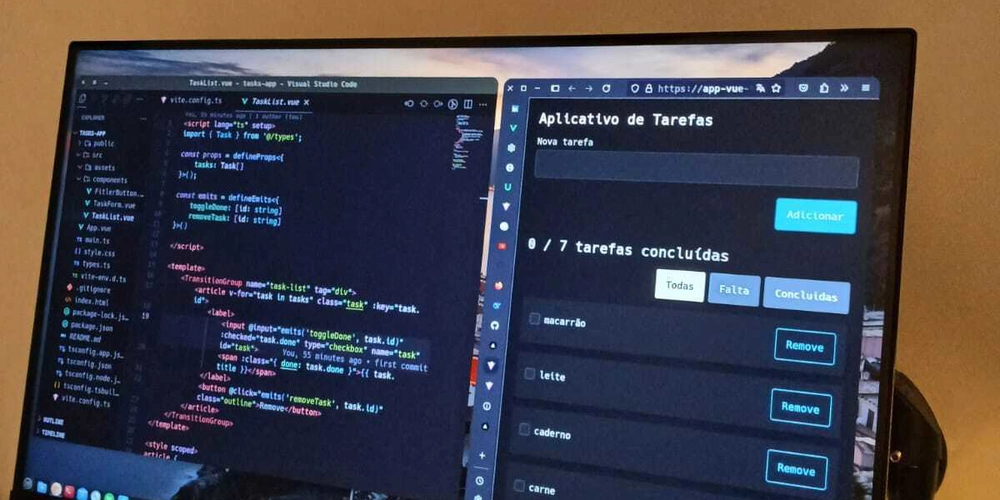














![[DEALS] The All-in-One Microsoft Office Pro 2019 for Windows: Lifetime License + Windows 11 Pro Bundle (89% off) & Other Deals Up To 98% Off](https://www.javacodegeeks.com/wp-content/uploads/2012/12/jcg-logo.jpg)















































































































































_Andreas_Prott_Alamy.jpg?width=1280&auto=webp&quality=80&disable=upscale#)


























































































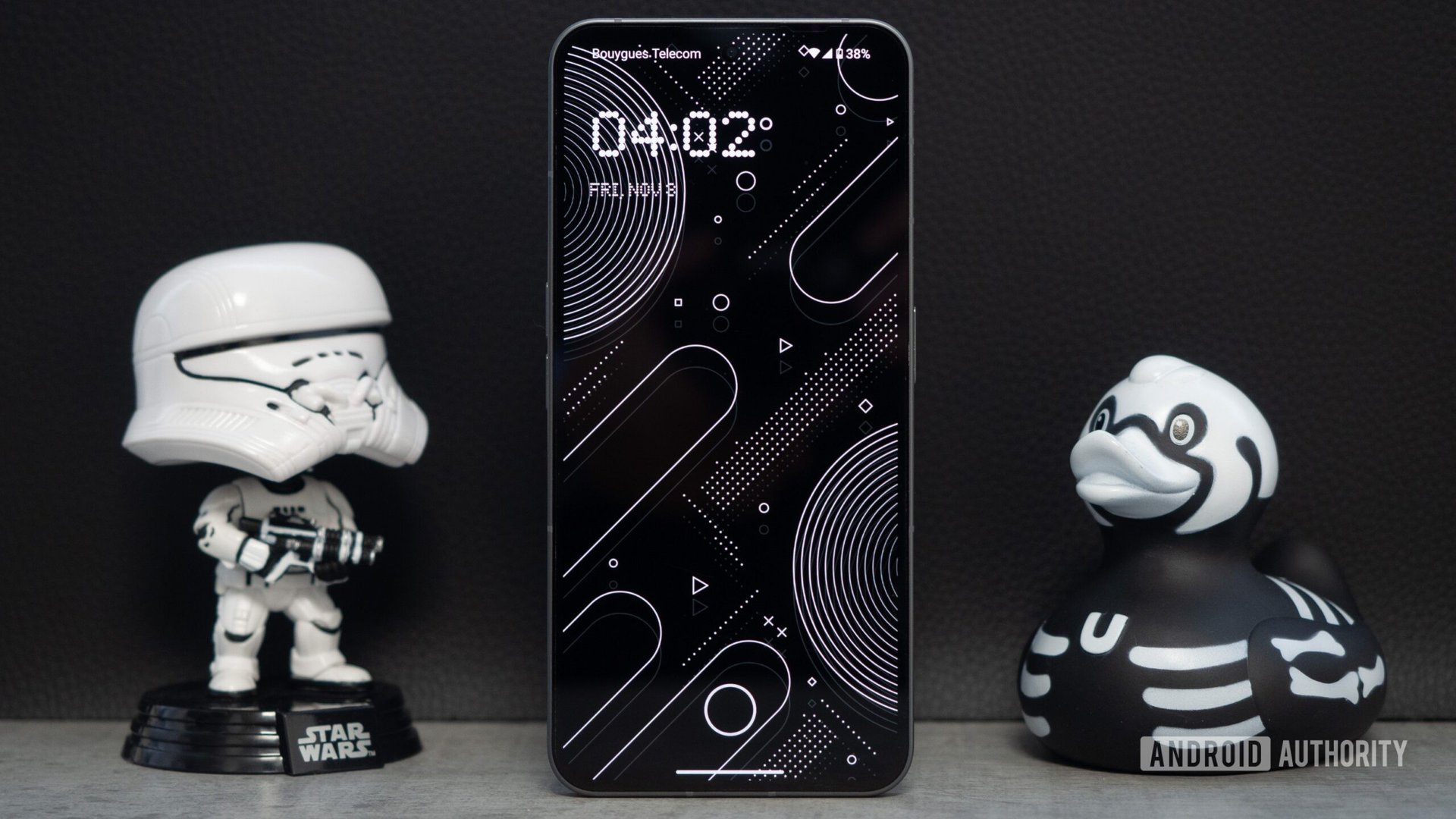







![What features do you get with Gemini Advanced? [April 2025]](https://i0.wp.com/9to5google.com/wp-content/uploads/sites/4/2024/02/gemini-advanced-cover.jpg?resize=1200%2C628&quality=82&strip=all&ssl=1)












![Apple Shares Official Trailer for 'Long Way Home' Starring Ewan McGregor and Charley Boorman [Video]](https://www.iclarified.com/images/news/97069/97069/97069-640.jpg)
![Apple Watch Series 10 Back On Sale for $299! [Lowest Price Ever]](https://www.iclarified.com/images/news/96657/96657/96657-640.jpg)
![EU Postpones Apple App Store Fines Amid Tariff Negotiations [Report]](https://www.iclarified.com/images/news/97068/97068/97068-640.jpg)
















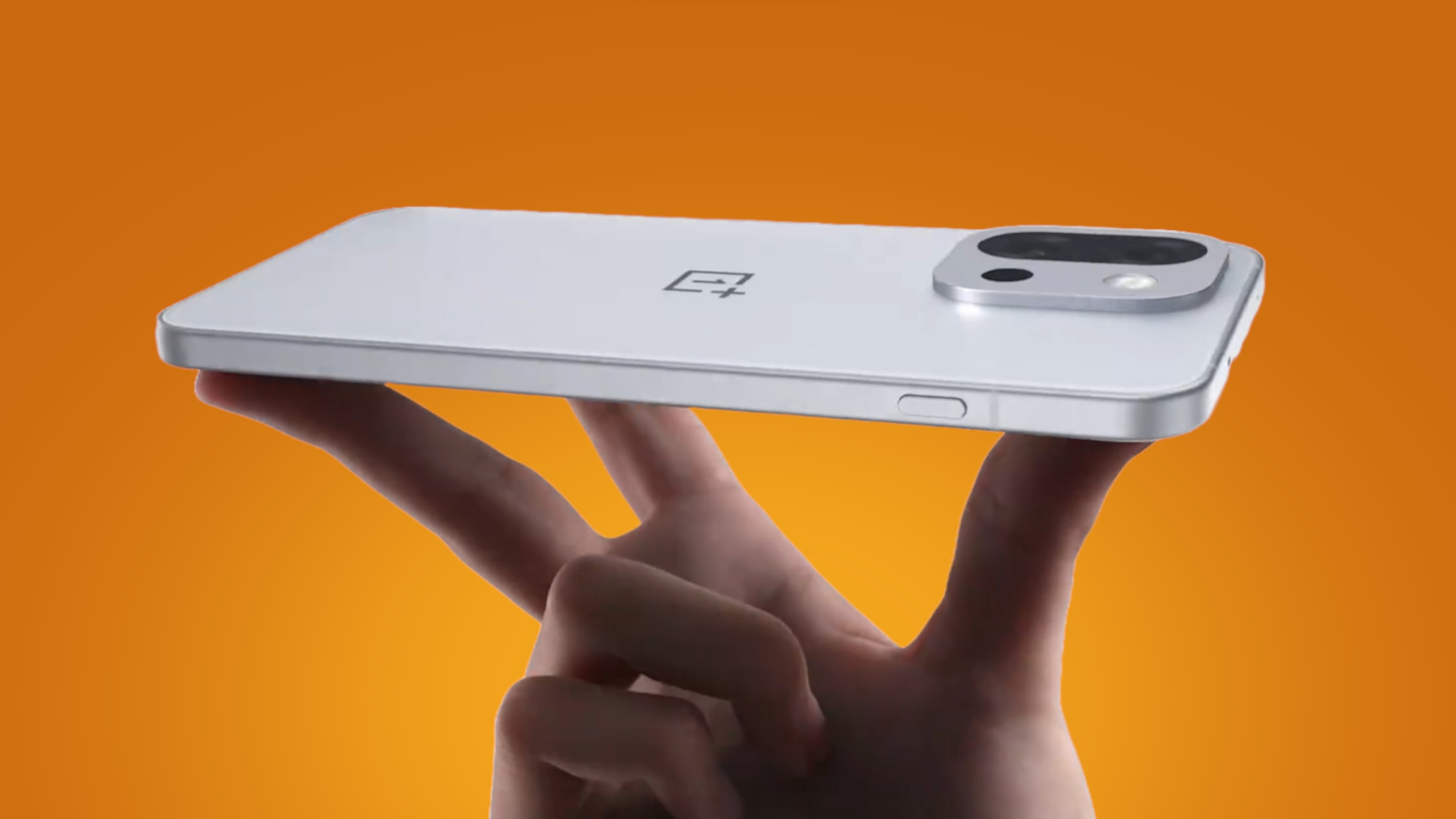











![Mobile Legends: Bang Bang [MLBB] Free Redeem Codes April 2025](https://www.talkandroid.com/wp-content/uploads/2024/07/Screenshot_20240704-093036_Mobile-Legends-Bang-Bang.jpg)





















